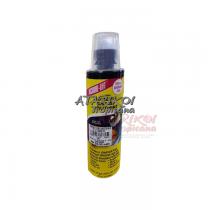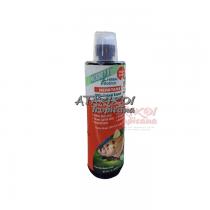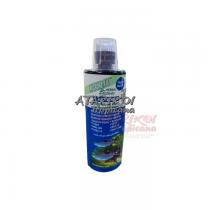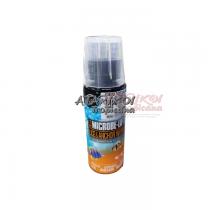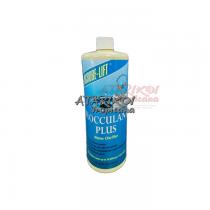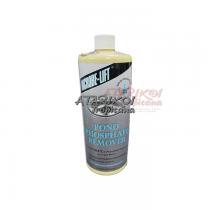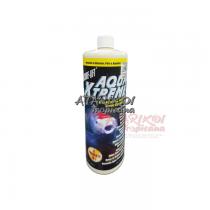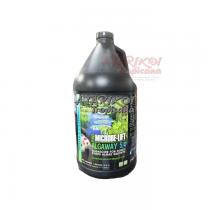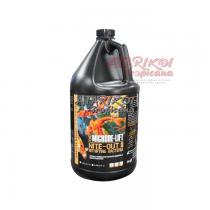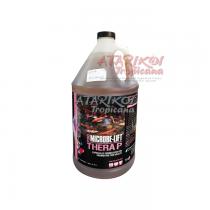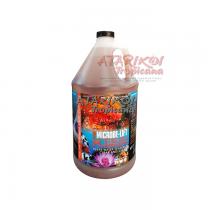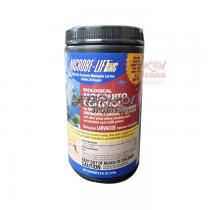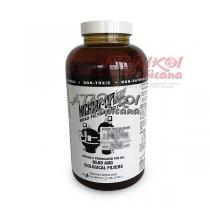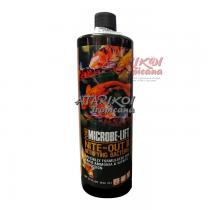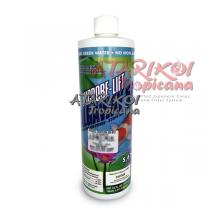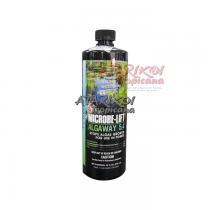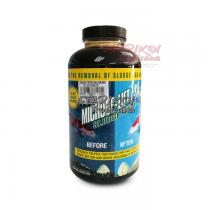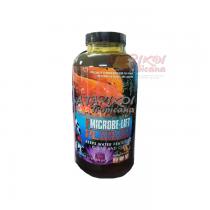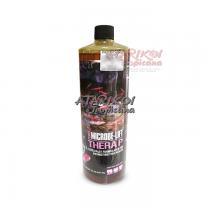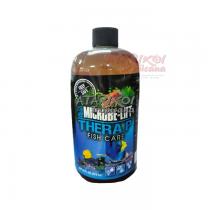Plastic pre-formed ponds, as well as vinyl, cement and rubber ponds, do not have any nutrients on their bottom. In the wild, carp actually use mud to get many of their micronutrients and minerals.
MICROBE-LIFT/CMC.
MICROBE-LIFT/CMC
The temperature band for koi is 62°F. - 84°F. At 50°F, it will take about a week for koi to digest food. At 45°F. digestion stops. At 60°F. it takes about a day, at 70°F., food will pass through in two hours. At 70°F. - 75°F. koi will have twice the time to digest their food if clay is added in sufficient quantities!
DIRECTION
There are many ways to introduce clay into your pond.
Choose a method to best suit your needs.
Slurrying:
Add some pond water
Additionally:
DOSAGE RATES
SIZE OF POND in Gallons (in Liters) Maintenance
200-249 gallons (378-942 L) 1 level teaspoon twice weekly
250-500 (946-1,893 L) 1 level tablespoon twice weekly
501-1,000 (1,897-3,785 L) 2 level tablespoons twice weekly
Note: MONTMORILLONITE
Fish nutrition through mineral ingestion; Improving fish color; detoxifying and clarifying (polishing) your pond's water. After every application your water will appear murky. In small dosages, the water will clear up in a few hours (2 tablespoons per 500 gallons will take approximately 6 hours for the water to clear). In large dosages, the water may be murky for days. Clay are generally used by more sophisticated koi enthuiats who are less concerned with water clarity than mineral clay content. In Nigata Japan most koi breeders will add more clay as soon as their water becomes clear.


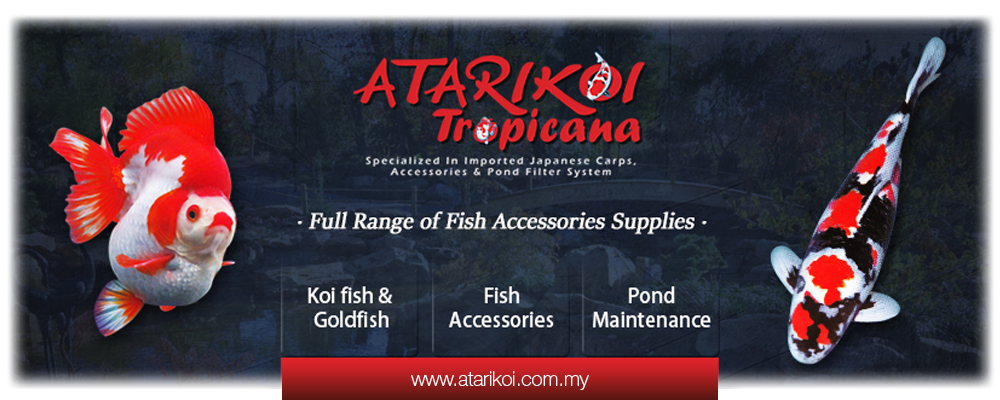
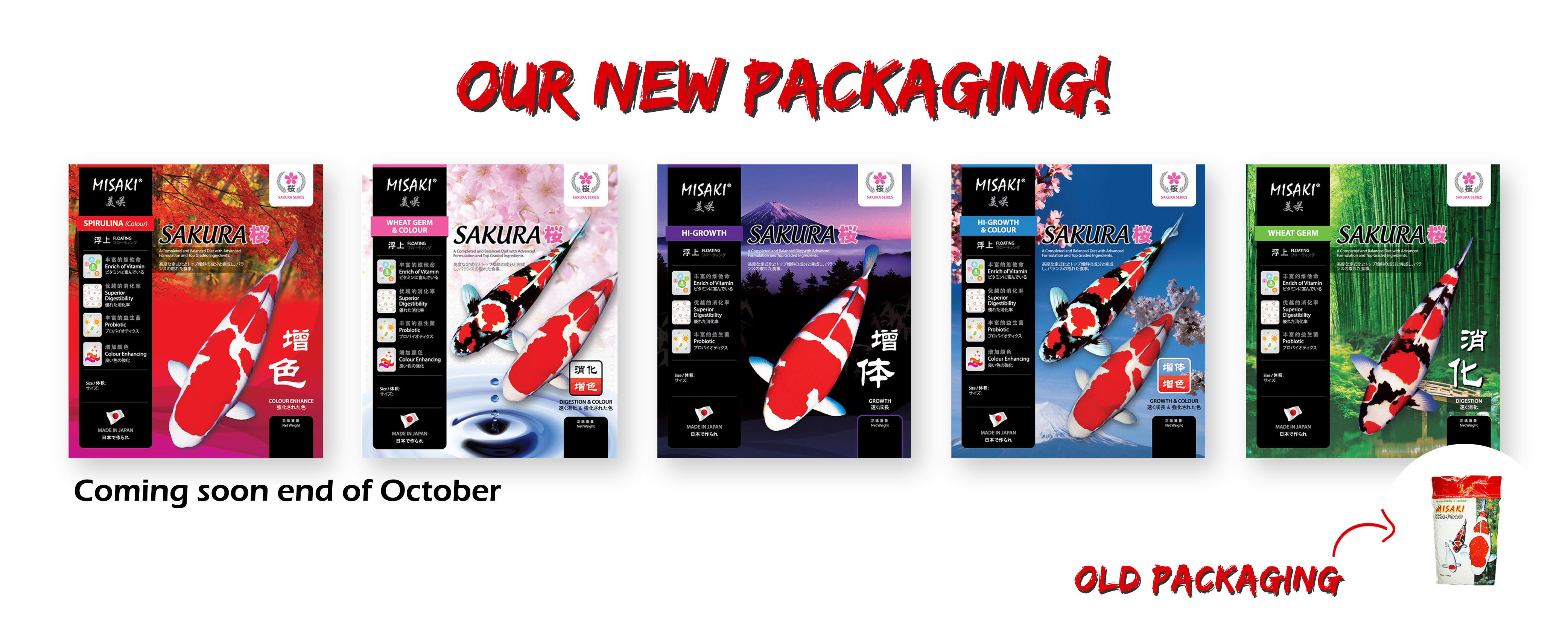
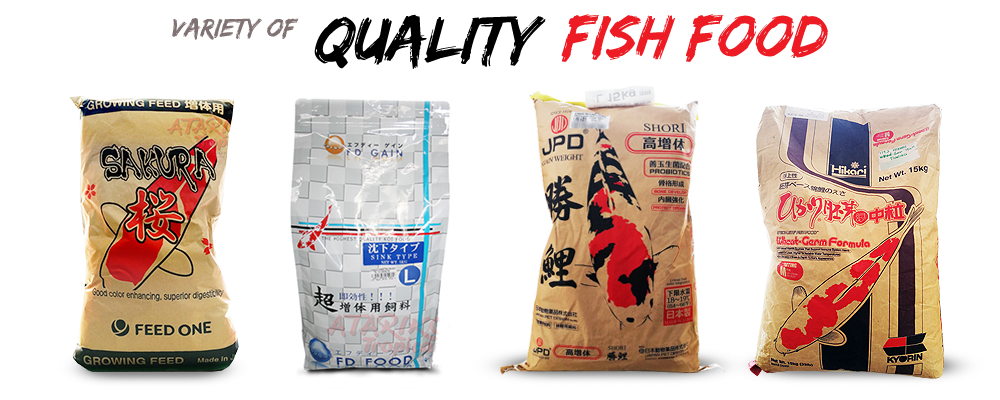
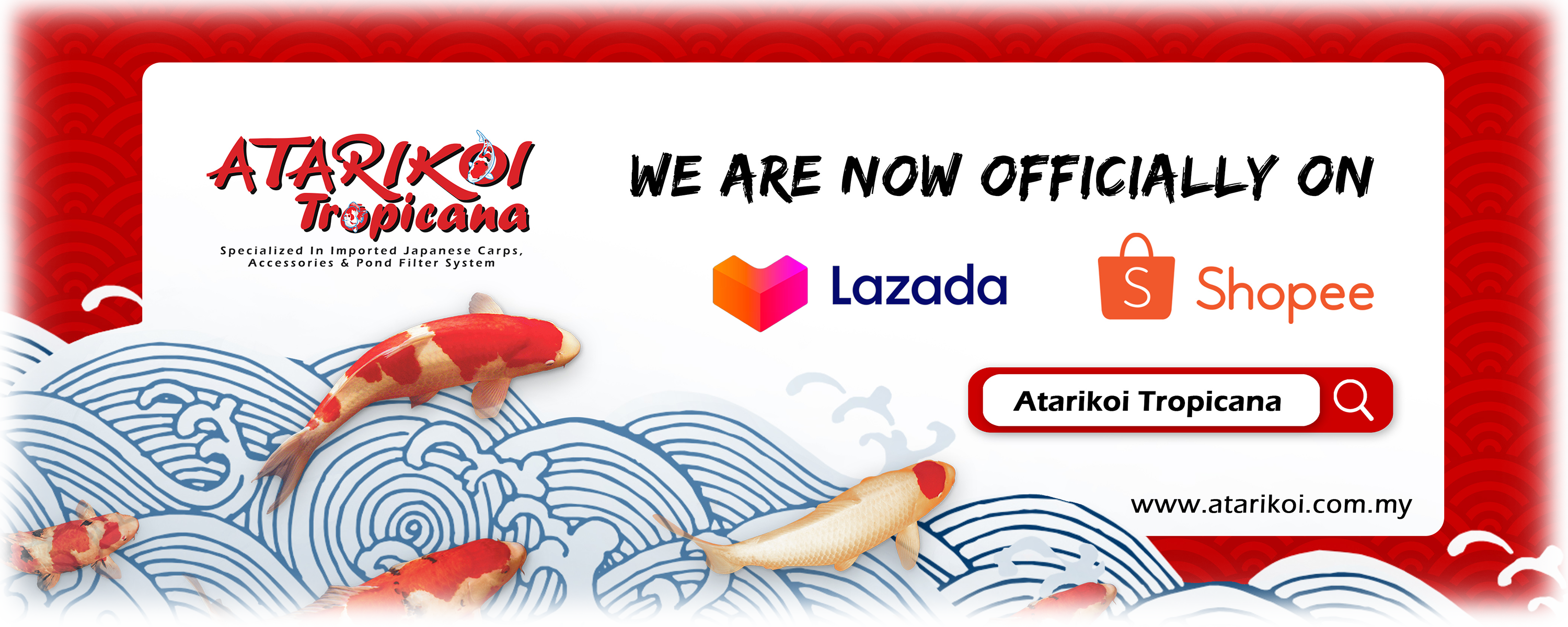

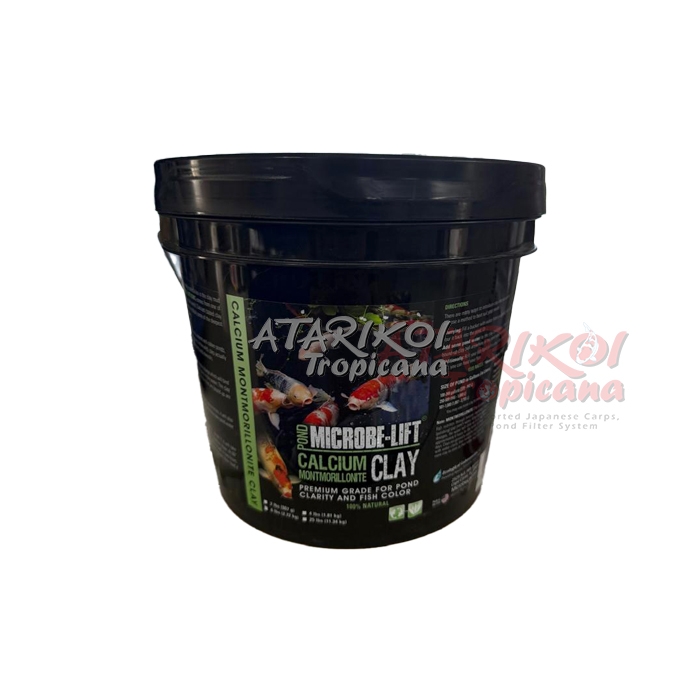
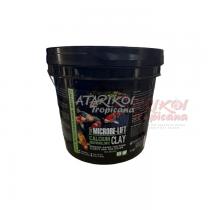
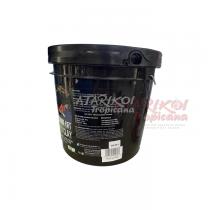
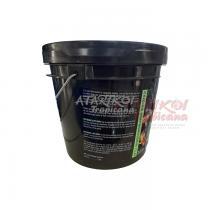
 ‹
‹ ›
›

